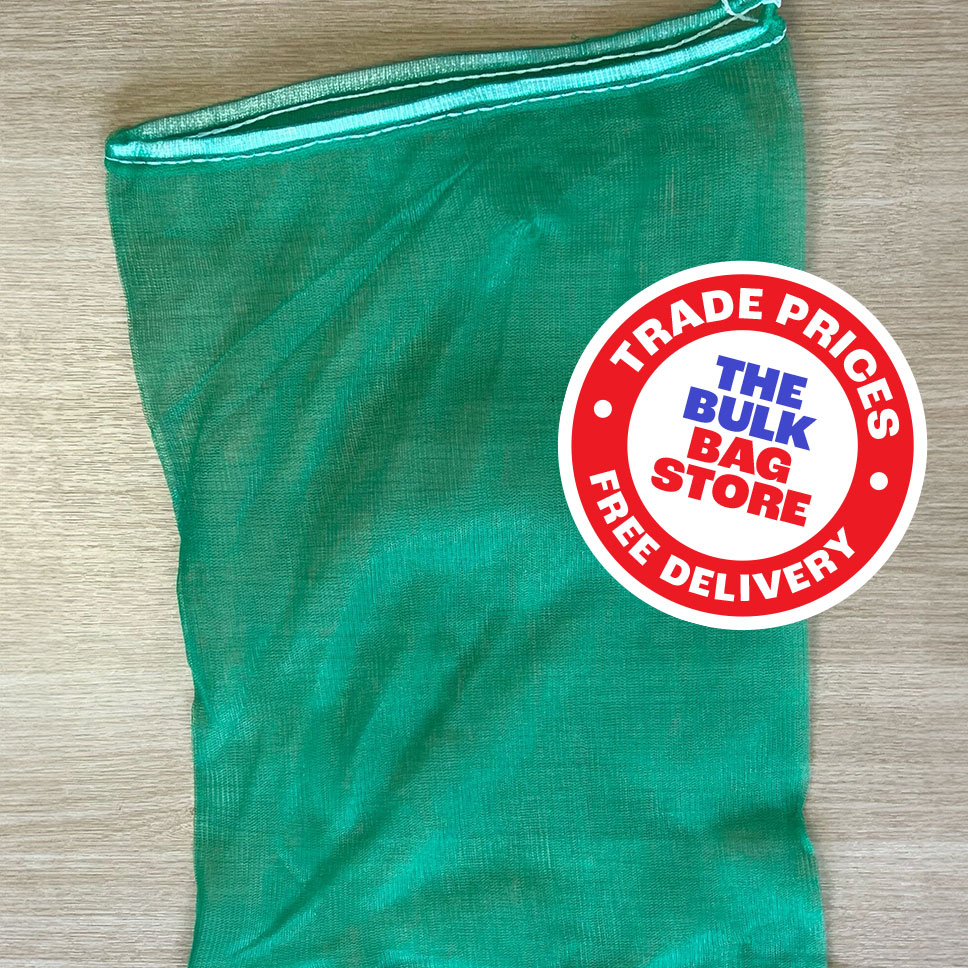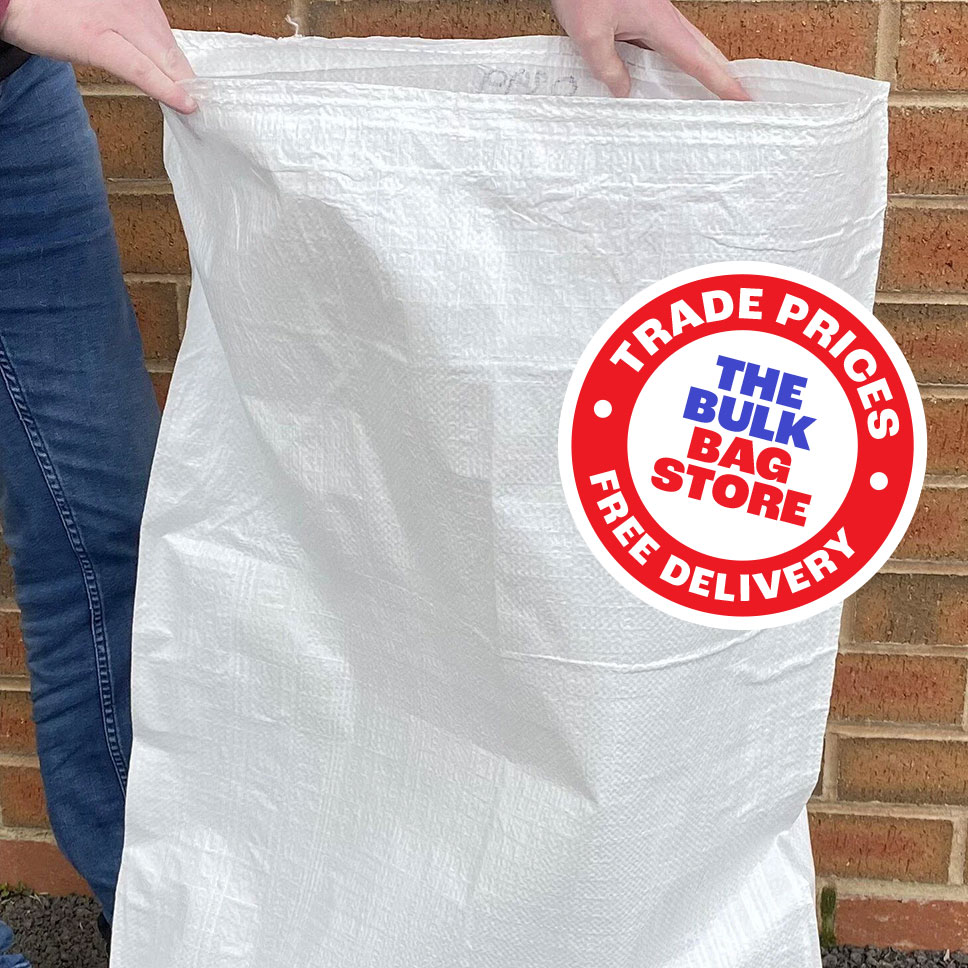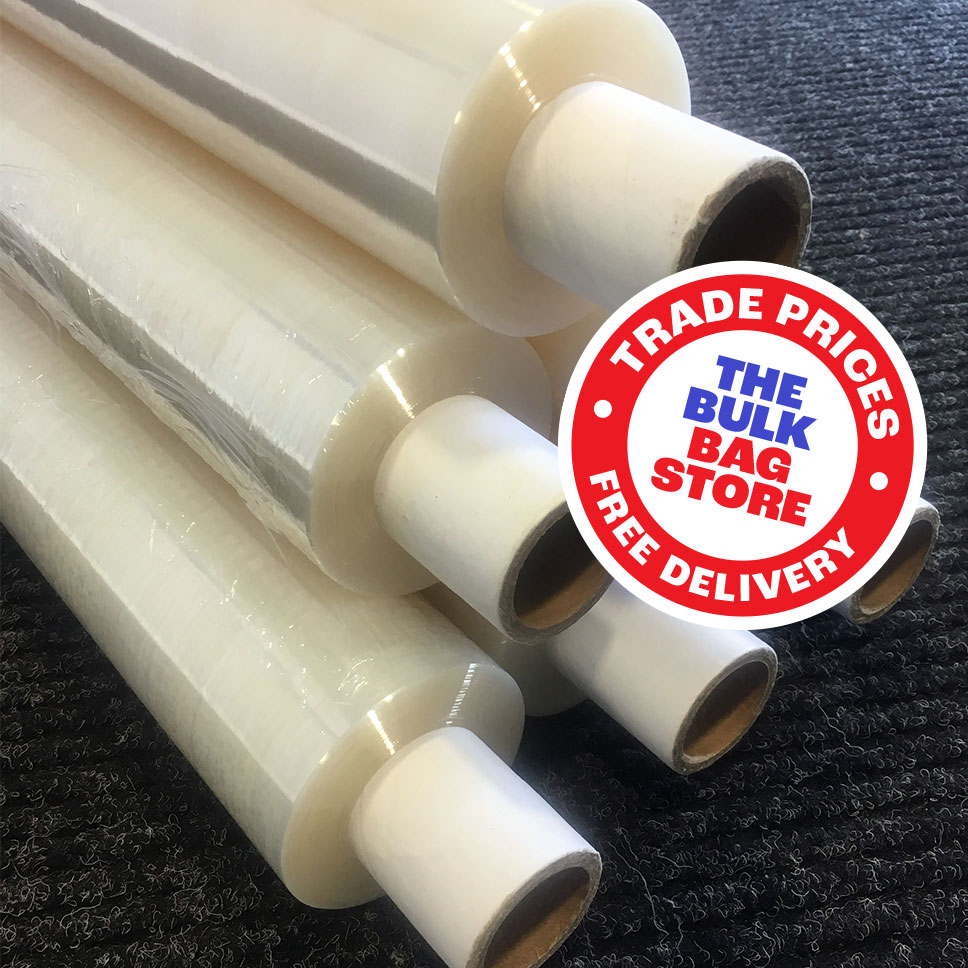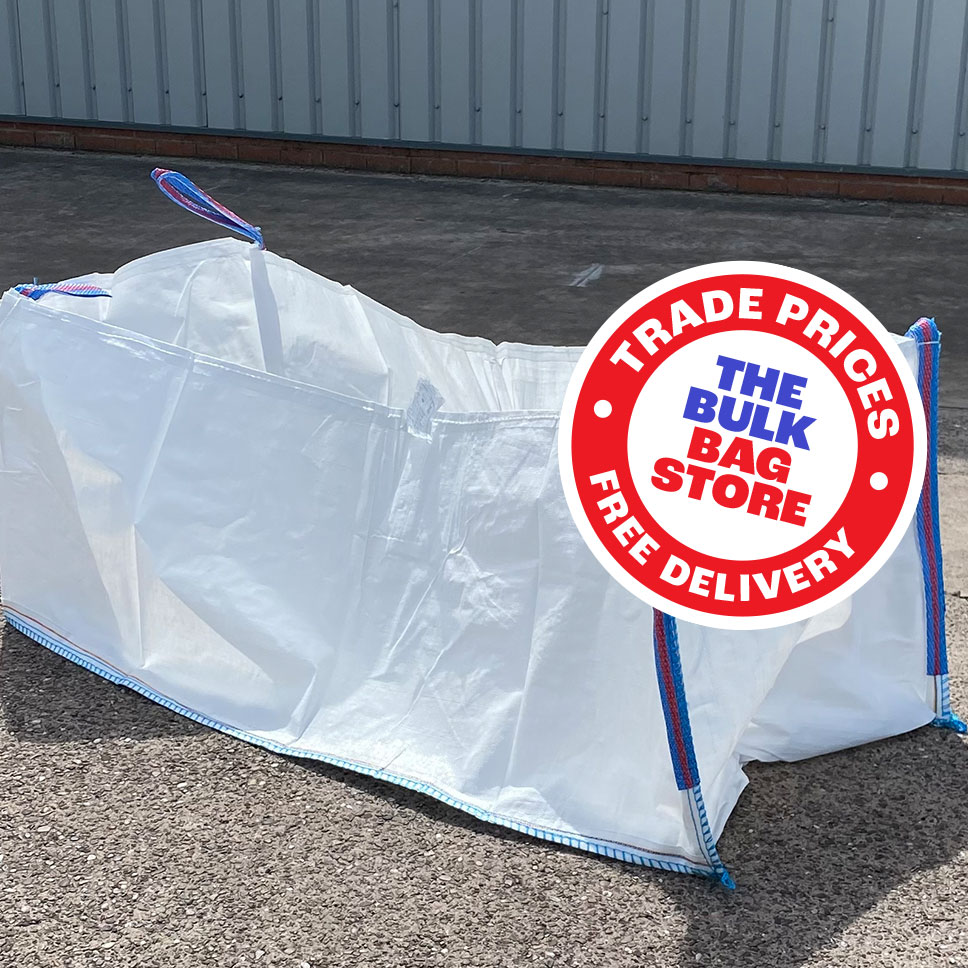What are the differences between primary and secondary packaging?
No matter how amazing your products are, if they don’t arrive at their destination in one piece or attract customers once they are on the shelves, your business will not succeed. When it comes to packing and shipping products, therefore, businesses need to consider both their primary and secondary packaging, each of which serves an important purpose when it comes to getting a product from the warehouse to the store. This article looks at the differences between primary and secondary packaging and why they are both important.
Primary packaging
Primary packaging is the packaging seen by the consumer, the person picking up your product from the shelf and taking it home with them to use. It is the last piece of packaging between the person and the product itself. As such, it serves a practical purpose, and it also offers a great marketing opportunity for a business, one that shouldn’t be forgotten.
When developing and designing your primary industrial packaging, think about the messages you might want to get across about your business: who you are, what you do and what you stand for. All of these have an impact on a customer’s perception and the likelihood that they will continue to buy your product. Think of your primary packaging as a billboard for your brand and make it count.
At the same time, don’t forget that your primary packaging needs to be practical. The last thing your customer wants is to find they open the packaging and their purchase is damaged or pieces are missing. Finding the balance, then, between form and function is key, and you should work with your industrial packaging company to get this right.
Damaged or lost items will have a negative impact on how your products and your company are seen by consumers. It could lead to a loss of business, as customers look to your competitors to see if their products are better or to their posting reviews which put potential customers off your brand.
Secondary packaging
Items don’t just get damaged or lost through primary packaging. They can get lost or damaged during secondary packaging too. This is the industrial packaging that is used when moving a product from the factory to the distribution centre or shop, and it’s often used to bundle a batch of products together. Once the package arrives at the centre or shop, it will be removed.
While secondary packaging can still be used to market your brand, displaying a logo or key messages, for example, practicality should be the priority here. You need the packaging to be easy for distribution workers to open without risking the product inside being damaged. Think about how the packaging will be opened and what you can do to help the staff opening it – providing directions for where to open a box for example.
Also, think about how it will be shipped. Secondary packaging needs to be strong and durable, easy to handle and transport. The utility should always take precedence over appearance here, if you want your products to arrive at their destination safely.






